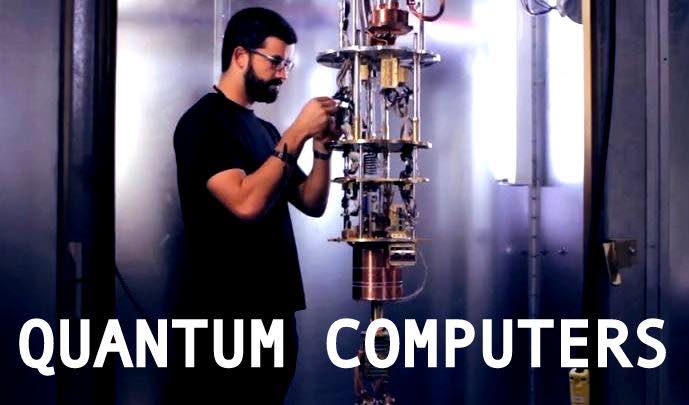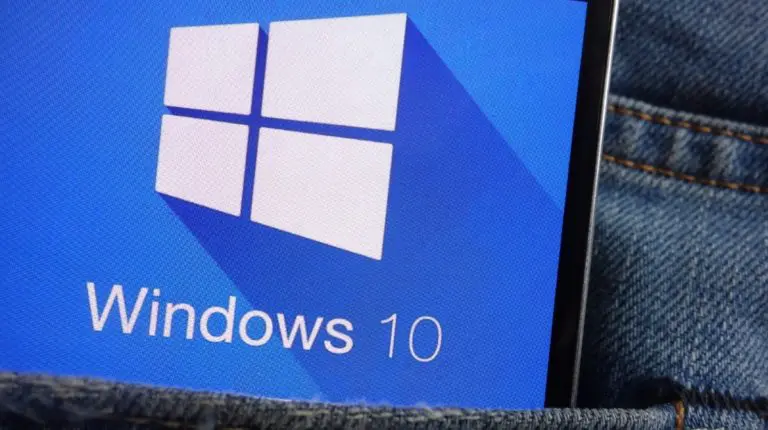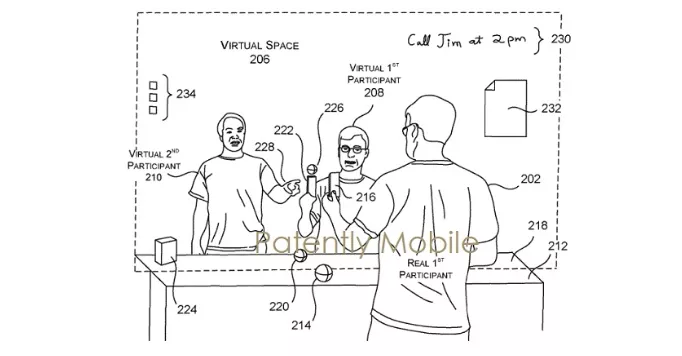A Programmable Quantum Computer Is Soon Going To Be A Reality, Thanks To This Chip

 Short Bytes: We are on a quest to make a powerful quantum computer and researchers are busy making newer breakthroughs. Along the similar lines, they’ve devised a way to make programmable quantum computer module by connecting five qubits together and performing logic operations on them.
Short Bytes: We are on a quest to make a powerful quantum computer and researchers are busy making newer breakthroughs. Along the similar lines, they’ve devised a way to make programmable quantum computer module by connecting five qubits together and performing logic operations on them.
On the other hand, the classical computers work in binary and us bits in 0 or 1. While qubits pave a way for faster calculation, it has been hard for physicists to develop a way to scale the technology to create a real quantum computer with enough qubits to show a significant jump in processing power.
While the existing D-Wave quantum computer claims to be able of doing this trick, scientists are skeptical about its working. Now, according to a report in MIT Technology Review, a team from the University of Maryland in College Park has announced that they have devised a new five-qubit quantum computer module. Also, they claim to have found a way to connect a series of qubits together to make a powerful quantum computer.

The new module makes use of 5 ytterbium ions trapped one after another with the help of strong electromagnetic field. Now, lasers are focused on the ions and their electrical state is tweaked and quantum information is imprinted upon them.
Here, the atoms are charged, so they exert a force on each other. The team has found a way to change the force exerted by each ion by tweaking the electromagnetic fields keeping them in place. This step allows them to control how quantum information interacts and flows across the device.
With careful arrangements and forking, researchers have also performed quantum logic operations on trapped ions. This newly found ability is very important as few quantum computers are capable of doing this.
“As examples, we implement the Deutsch-Jozsa, Bernstein-Vazirani, and quantum Fourier transform algorithms,” researchers say. “The algorithms presented here illustrate the computational flexibility provided by the ion trap quantum architecture.”
They claim it can connect multiple five-qubit modules to make a much powerful quantum computer. Well, the demonstration of this breakthrough is yet to be done and it’ll be interesting to see how soon we get to see a real quantum computer.
What are your thoughts on this development? Share your views in the comments below.
Also read: What Exactly Is Quantum Computing?






